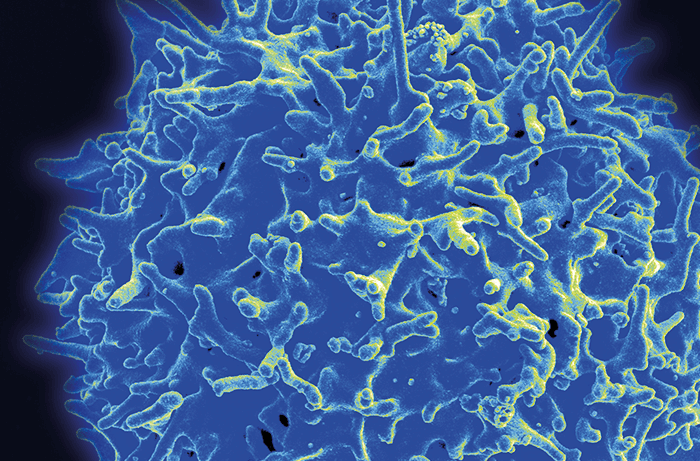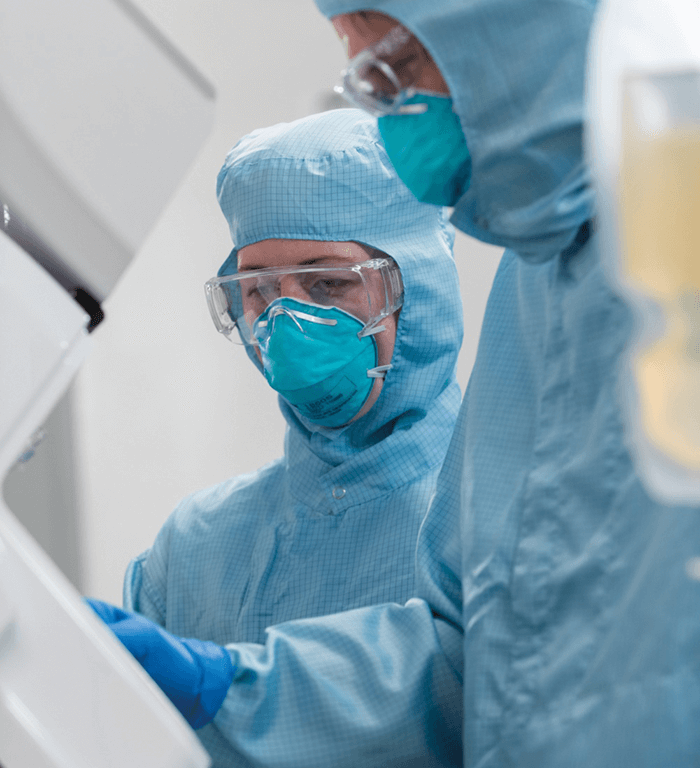Many see the growth of the cell and gene therapy field as the culmination of a healthcare revolution – a move away from one-size-fits-all approaches to truly individualized and personalized treatments. Over the past few decades, increased understanding of immunology and genomics has generated an unprecedented amount of biological information, which scientists are now beginning to translate into a new calibre of medicine. It’s an especially exciting time for the field; the first two approved CAR-T therapies are already treating patients in the US and Europe. “The complete response rates being seen for these kind of therapies are inspiring,” explains Madhusudan Peshwa, Ph.D., Chief Technology Officer, Cell Therapy business, at GE Healthcare. “I am not aware of any small molecule drug or any biological drug having the ability to deliver such phenomenal outcomes for patients. This is stimulating the growth of the cell and gene therapy industry.” As the field continues to transition from the discovery stage to therapeutic reality, with further approvals sure to come, new challenges are emerging. The search for answers has quickly shifted from the mainly biological questions facing early-stage research scientists, to the challenges of industrializing and commercializing such therapies. “The industry is starting to realize that coming to grips with the manufacture of cell therapies involves a change in mindset and approach. With small-molecule drugs and biologics, manufacturers synthesize a batch of product in a “scale up” process, which often involves lyophilization, followed by conventional distribution and marketing,” says Phil Vanek, Ph.D., General Manager of GE Healthcare’s Cell Therapy Strategy. “Autologous cell therapies are different – for a start, they can’t be lyophilized or formulated as a traditional tablet! But most of all, they require manufacturers to take a “scale out” approach. Every patient needs their treatment to be manufactured individually, so if a manufacturer needs to produce 5000 patient batches, or doses, a year, they must run each batch in serially or in parallel.” As the starting material for cell therapies is derived from patients themselves, Peshwa also points to another challenge: “There is a wide range of variability from person to person, in terms of the attributes and properties of the starting material, which makes it difficult to ensure that the manufacturing process always delivers within a defined range of attributes. We need manufacturing methods that can increase the reliability and consistency of the final product, no matter the starting material.”







